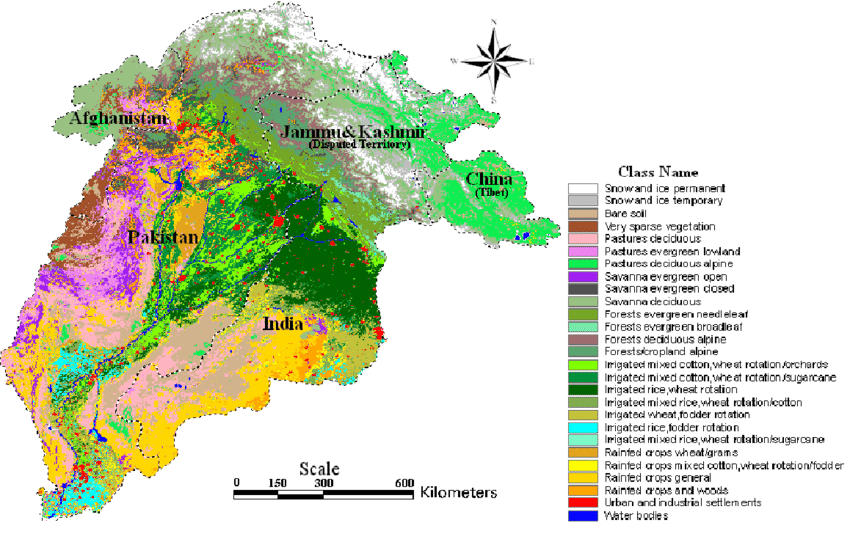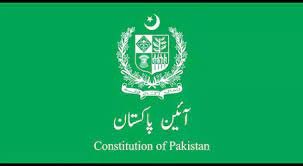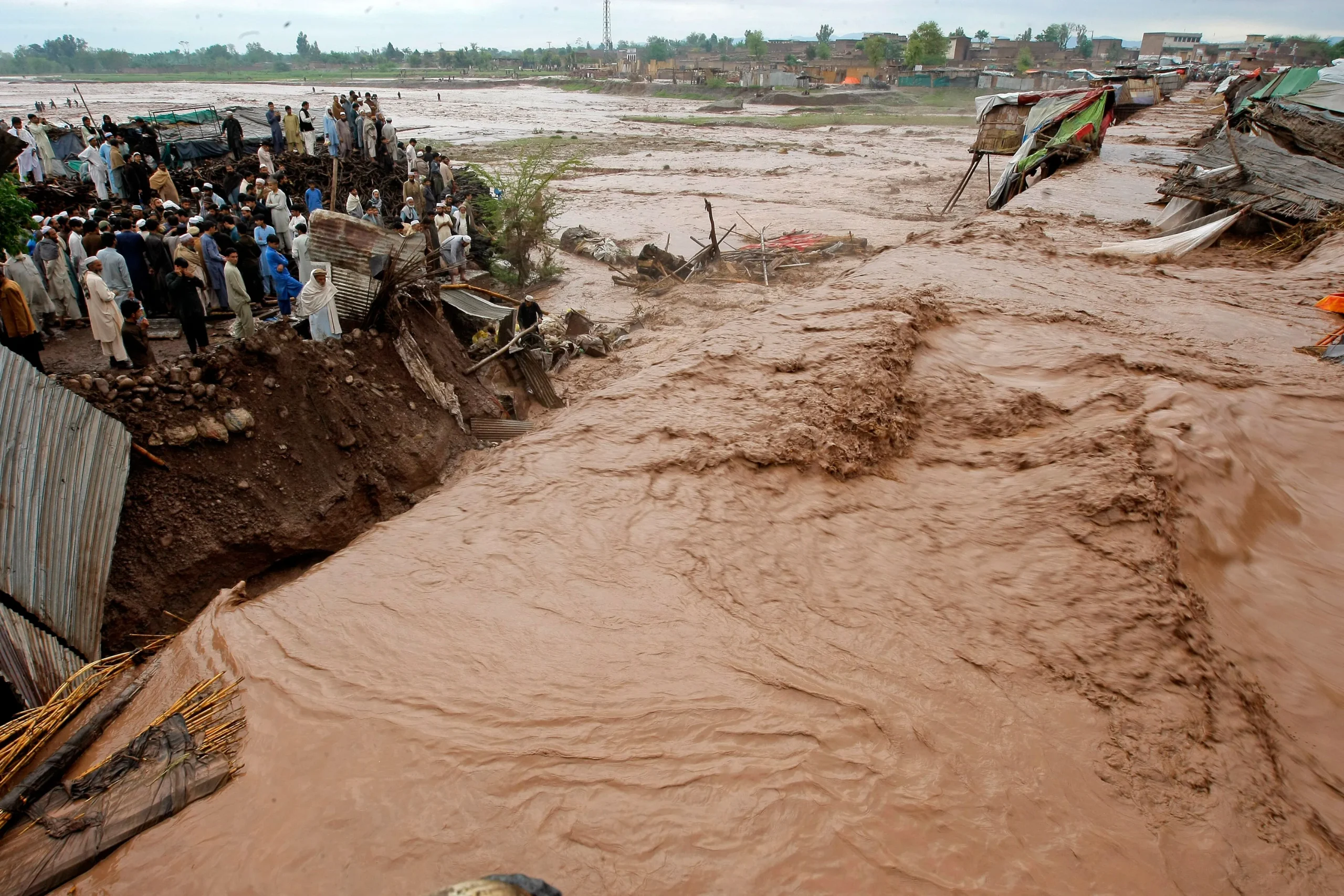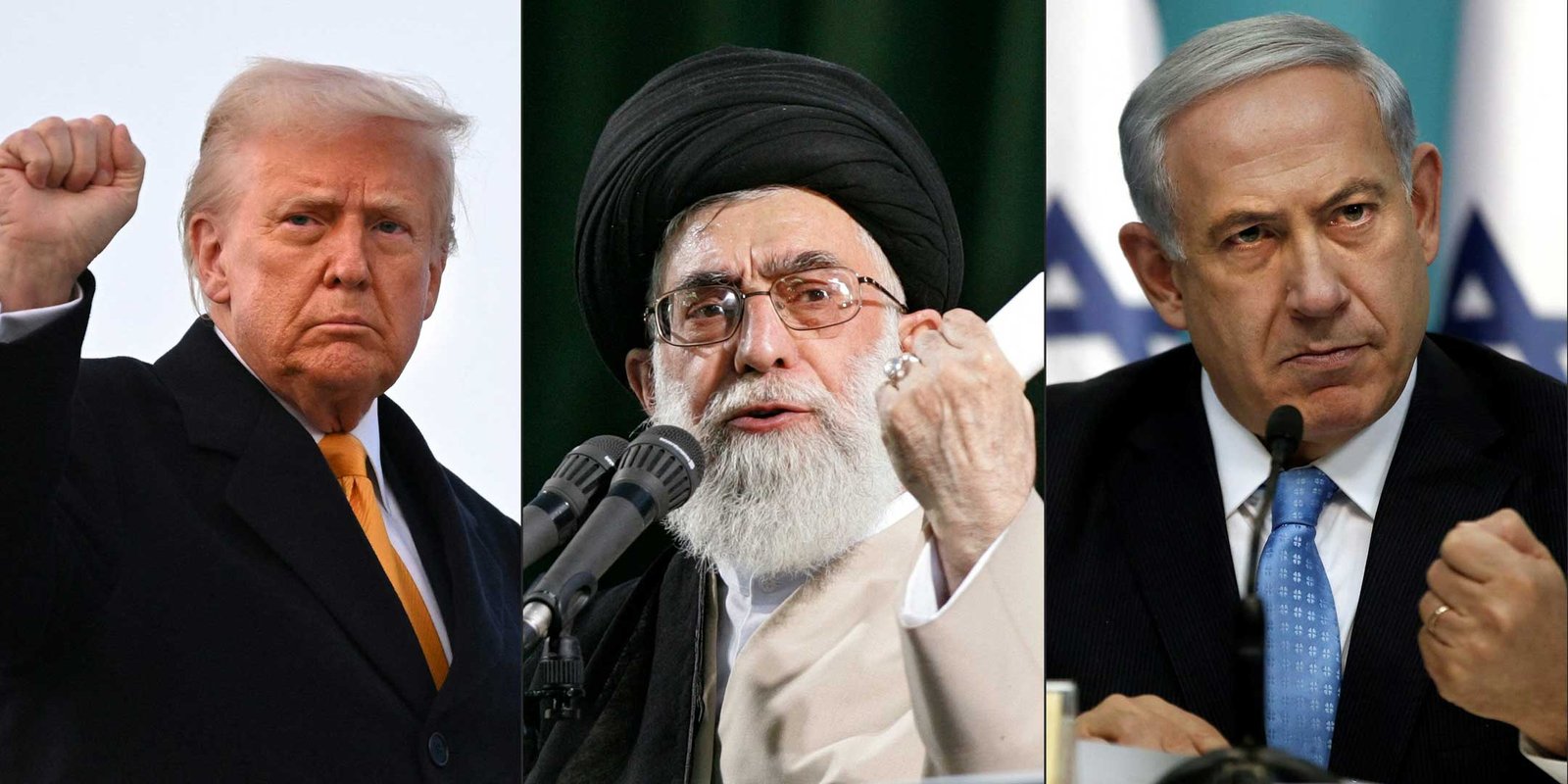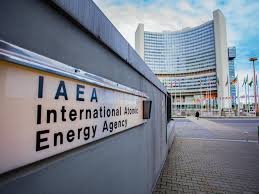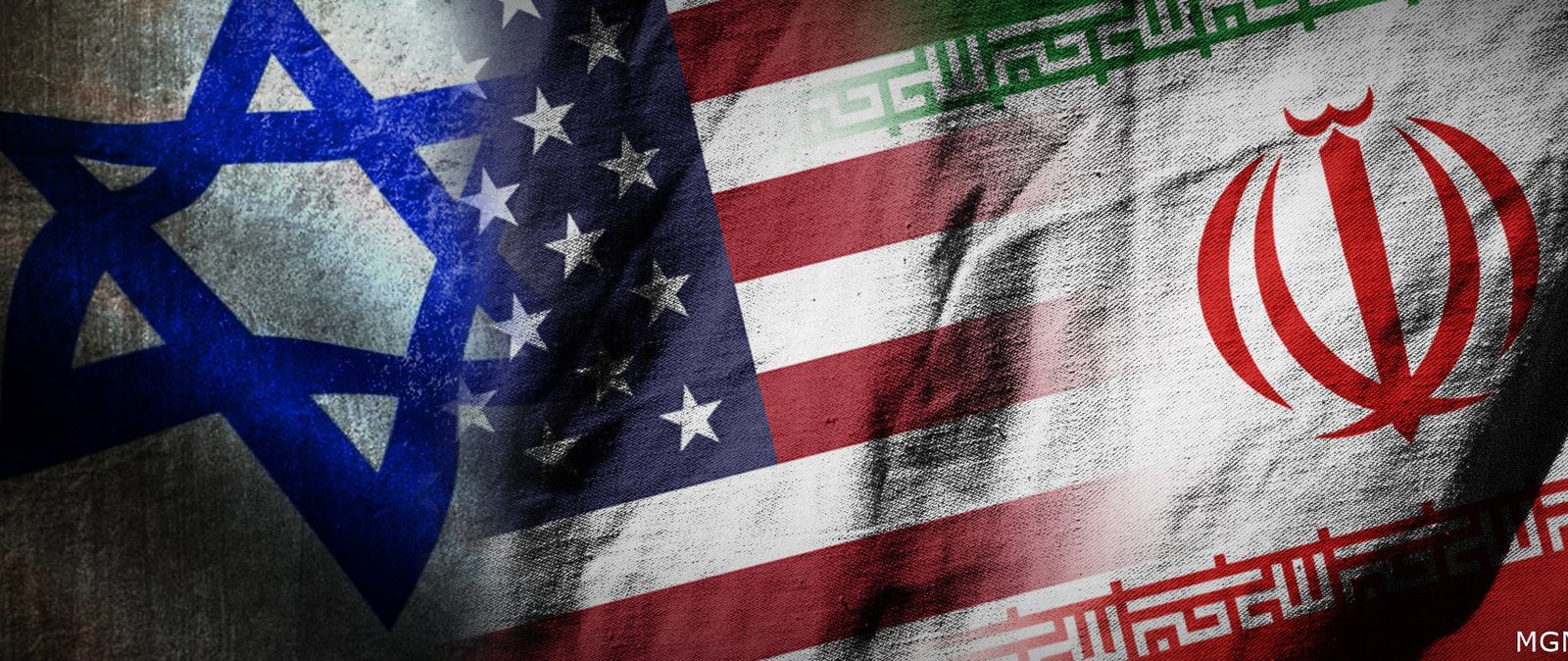Editorial
This Pakistan is Indus Land; It won’t be dismembered
Present Pakistan is Indus land. The Indus is a transboundary river of Asia and a trans-Himalayan river of South and Central Asia. The 3,120 km (1,940 mi) river rises in mountain springs northeast of Mount Kailash in Western Tibet. Next, it flows northwest through the disputed region of Kashmir, bends sharply to the left after the Nanga Parbat massif, and flows south-by-southwest through Pakistan before emptying into the Arabian Sea near the port city of Karachi. Its left-bank tributary in Ladakh is the Zanskar River, and its left-bank tributary in the plains is the Panjnad River which is formed by the successive confluences of the five Punjab rivers, namely the Chenab, Jhelum, Ravi, Beas, and Sutlej rivers. Its principal right-bank tributaries are the Shyok, Gilgit, Kabul, Kurram, and Gomal rivers. Beginning in a mountain spring and is fed with glaciers and rivers in the Himalayan, Karakoram, and Hindu Kush ranges.
The Mighty Indus river and its tributaries form the great Indus Land formulate the great Indus land. This Indus land comprises the northern parts of Pakistan deep into the Chinese territory, the eastern and western Punjab, the Pushtun belt from Kabul to Peshawar, the Balochistan plateau deep into Iran, the Sindh, and the areas covered by the mighty Indus river and its tributaries. However, there are a few unnatural partitions of the Indus land, and it has choked the natural geographical proximity of the Indus river. The civilization extended from Pakistan’s Balochistan in the west to India’s western Uttar Pradesh in the east, from northeastern Afghanistan in the north to India’s Gujarat state in the south.
The most important sites are in Gujarat, Haryana, Punjab, Rajasthan, Uttar Pradesh, Jammu and Kashmir states in India, and Sindh, Punjab, and Balochistan provinces in Pakistan Coastal settlements extended from Sutkagan Dor in Western Baluchistan to Lothal in Gujarat. An Indus Valley site has been found on the Oxus River at Shortugai in northern Afghanistan, in the Gomal River valley in northwestern Pakistan, at Manda, Jammu on the Beas River near Jammu, India, and at Alamgirpur on the Hindon River, only 28 km (17 mi) from Delhi. The southernmost site of the Indus Valley Civilisation is Daimabad in Maharashtra. Indus Valley sites have been found chiefly on rivers, the ancient seacoast, for example, Balakot (Kot Bala), and on islands, such as Dholavira.
The Partition of India in 1947 was the change of political borders and the division of other assets that accompanied the dissolution of the British Raj in South Asia and the creation of two independent dominions: India and Pakistan. This partition resulted in the separation of the Indus geographical valley and created several cultural, geographical, and social ramifications. However, west Pakistan controlled the core of the Indus land. Bengal was not a part of the Indus valley. Therefore, the federation of Pakistan had substantive cultural, geographical, and social challenges to absorb in the mainland of Pakistan. Critics attribute that owing to diverse political and administrative divergences, Bengal received alienation and, therefore, became disillusioned from the federation of Pakistan and subsequently separated itself. However, the primary reason is that it was not a part of the Indus valley and had no cultural, geographical, or social resemblance with the different parts of remaining Pakistan. Even the Pushtun belt of Afghanistan and Pakistan is part and parcel of the Indus Valley and is dependent upon the Indus valley, primarily in geographical and economic spheres.
This Pakistan is a natural state. The Indus river binds all the parts of Pakistan geographically and economically. The areas are economically interdependent, and, then there is the same religion. However, religion is not the only factor in strengthening a federation; the federation must assimilate economic, cultural, and political interests. Pakistan is the core of the Indus civilization. India and Pakistan hold different parts of Kashmir. Now, the question arises, will Indian Kashmir amalgamate Pakistani Kashmir, or Pakistani Kashmir amalgamate Indian Kashmir?
Irrespective of the merit of the argument and power of a country aside, Indian Kashmir cannot absorb the Pakistani side of Kashmir as the whole of Kashmir have more geographical, cultural, and religious assimilation for the state of Pakistan. India holds Kashmir unnaturally and through power. Hence, Kashmir is a natural part of Pakistan.
Then, Afghanistan calls the Pushtun areas of Pakistan an integral part of Afghanistan. Afghanistan believes that the war with the Britishers cannot determine the legitimacy of the Durand line between the two borders. However, the majority of Pushtun live in Pakistan. Pushton in Pakistan lives in the mainland and all parts of the country. Karachi is the largest Pushton city in Pakistan. Therefore, how can most Pushton in Pakistan prefer to go to Afghanistan? Instead, the minority of Pushton living in Afghanistan may absorb in Pakistan as the majority absorbs, not the minority. Afghanistan is a proud country and will never immerse in Pakistan. Furthermore, it is not desirable also; therefore, Afghanistan should not call for the absorption of the Pushtun belt of Pakistan into their fold. Afghanistan is more unnatural as it comprises the Pushtun, Tajic, Hazara, and other communities with more dissimilarities than similarities.
Punjab is a land of five rivers. The partition of India separated the core of Punjab from each other. Many believe that it was an unnatural division. It resulted in the division of five rivers also. The rivers stood divided, so the cultural and social fabrication of the society. How can both Punjab claim as Punjab when they do not have five rivers? However, the fundamental difference that divided Punjab was religion. Many critics believe religion played a pivotal role in dividing the Punjabis, who otherwise belonged to the same culture and geography. The Pakistani province of Punjab does not find enthusiastic affiliations with eastern Punjab. There is a sentiment for eastern Punjab in central Punjab; however, northern and Southern Punjab do not have any association with east Punjab. Punjab is a proud part of Pakistan and believes in the federation of Pakistan.
Baluch land is the core land of the Indus valley. They live primarily in and around the areas of the Indus river. They spread across Iran, Afghanistan, and Pakistan. Even in Pakistan, they live in Balochistan, Sindh, and South Punjab. Their numbers are more in Southern Punjab and Sindh than in Balochistan. They are scattered and directly related to the Indus valley. Despite political and cultural alienation from the center, they relate to the core of the Indus. It is the primary reason that the part of Balochistan shall not separate from the center of Pakistan. The Baloch in Iran and Afghanistan are comparatively small in number; therefore, the concept of greater Balochistan is impractical.
The province of Sindh is downstream of the Indus valley; thus an integral part of the present federation of Pakistan. Sindh and Multan associate through history and culture. Sindh has a great absorption culture that absorbed not only the post-partition migrants but also the Pushtun inhabitants despite myriad challenges. Sindh is an integral part of the federation and shall always remain.
Hence, it establishes that Pakistan is a natural federation. A federation must have a desire for union. It is the primary requisite to ally. Then, geographical Contiguity, Community of Language, Culture, economic interests, and Religion coupled with the principles of unit equality, participation, representation, and political liberty are essential for a strong federation. The federation of Pakistan is natural as the mighty Indus River binds all of us together. However, geographical and religious contiguity is not the only imperative, but the cannons of democracy, the rule of constitution, participation, and representation are more critical in strengthening a federation. Then, the existing state organizations must realize that a federation always functions as a federation. If a federation becomes a unitary state, it eventually crumbles down.



